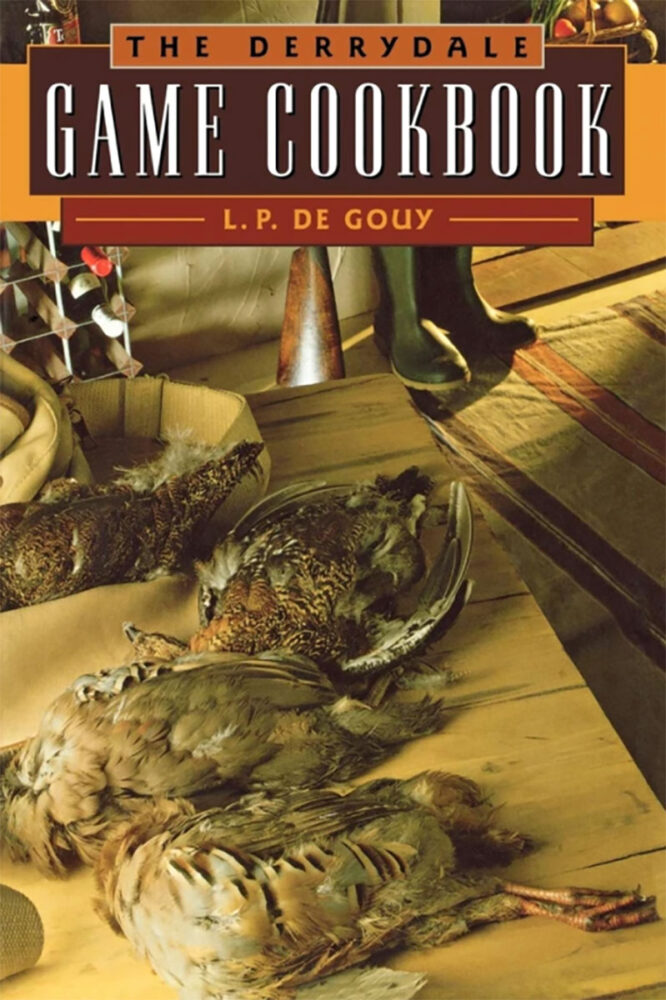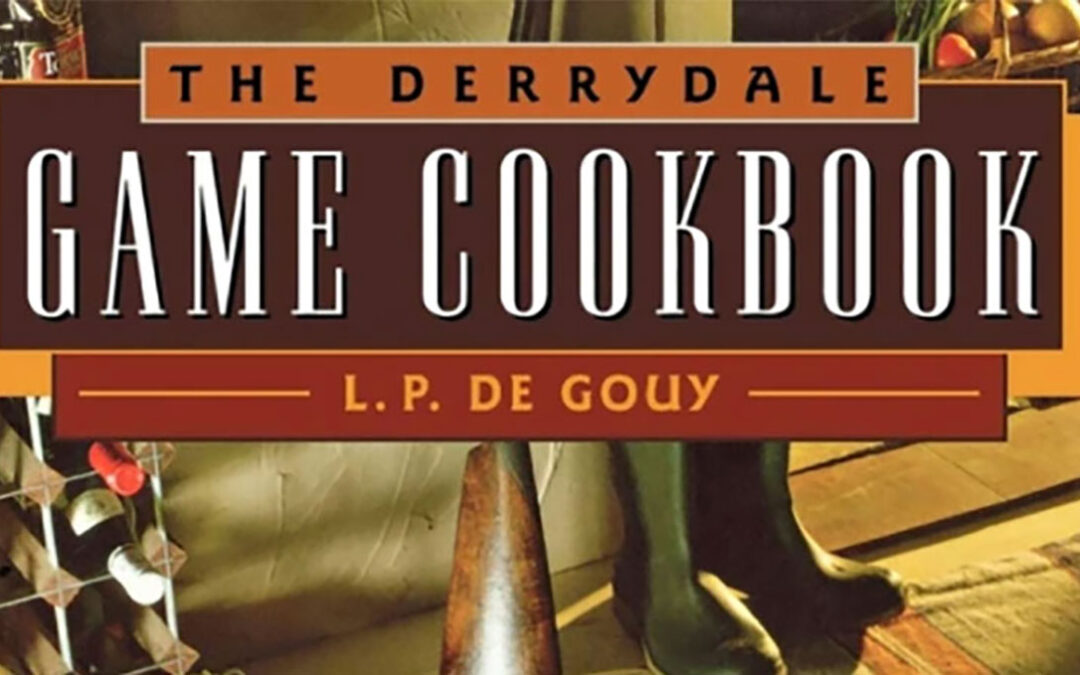Sauces
A perfect sauce is always a triumph. A bit of this, a sprinkle of that, a dash of imagination and the most prosaic food is “saucily served.”
The preparation of foods so that the most of it is made of natural flavors and textures, that’s good cooking. the enhancement of natural flavors and textures through the addition of contrasting flavors and textures, generally in sauce form, that’s fine cooking.
Nearly all sauces are derived from three basic types: White, brown and butter. For the white you may use cream, milk or white stock; the brown sauces are made with dark stocks or meat drippings; from butter is made the light sauce, such as Hollandaise.
The famous Bechamel sauce — created by the Marquis Louis de Bechamel, during the reign of Louis XVI of Franc, during “…the grand and even gigantic era of the culinary art period, when the science of culinary artists began to be admired….” (quotation of Brillat-Savarin) — is merely a rich cream sauce seasoned with a bit of carrot, a slice of onion, a bay leaf, a parsley sprig and some white pepper. The whole simmered gently and strained. The cream base can then be varied at service time by adding a little whipped cream (1/2 cup to each cup of sauce), the beaten yolks of two eggs, some chopped green herbs, cooked shrimps, minced sautéed mushrooms, grated cheese, tomato purée or nearly any combination of these ingredients.\
Brown sauce is the base for most highly spiced sauces; the tomato and green pepper combinations are richer if made with this brown sauce, also called “espagnole;” the flour must be browned in the butter before the liquid is added. This is called a roux. The liquid for the base of many sauces is always a rich stock which may be combined with tomato purée, fruit juices or vegetable stock, essence of meat (or fish, of game and highly seasoned. If minced vegetables are added, it is then called “jardiniere;” if minced ham, vegetables and herbs, it is called “italienne,” and so forth.
Other hot sauces which are in a class by themselves are those which are made with a vinegar or sour base. The most common of these is well-known mint sauce. Sliced onion and whole spices, heated slowly in vinegar with a little sugar, give a piquant flavor, and is usually used with fish, hame and game.
The butter sauces cannot be generally classified as either hot or cold, although they are usually served with hot food. Softened butter may be flavored with lemon juice, minced parsley and onion, or chives. These are usually spread over cooked fish or on top of steak. The butter may be melted and browned or melted and flavored with lemon juice or vinegar.
Hollandaise sauce, one of the most popular of the fine warm sauces, is one of the easiest sauces to make if the recipe is follow properly. the eggs (yolks), lemon juice and half the butter should be put into a small saucepan, which should be held over hot water, while the butter is melting and the sauce thickening and while you stir vigorously and constantly. The rest of the butter should then be stirred in and the sauce beaten mercilessly, although gently, until it again thickens. Never use a Double Boiler for This Sauce, unless you are very careful not to allow the water to boil in the lower part. When the sauce has thickened, set it aside if you are not ready to use it at once, and reheat it, stirring constantly, just before serving
This is an excerpt from The Derrydale Game Cookbook available in the Sporting Classics Store.
 Like the hunting and fishing classics Derrydale published in the 1930s, this cookbook has only improved with time. This is a no-nonsense, practical guide to cooking virtually every kind of wild game with everything from simple recipes to gourmet level preparation.
Like the hunting and fishing classics Derrydale published in the 1930s, this cookbook has only improved with time. This is a no-nonsense, practical guide to cooking virtually every kind of wild game with everything from simple recipes to gourmet level preparation.
L.P. De Gouy is the author of the Pie Book, The Soup Book, Sandwich Exotica, The Derrydale Fish Cookbook, and more. Buy Now




